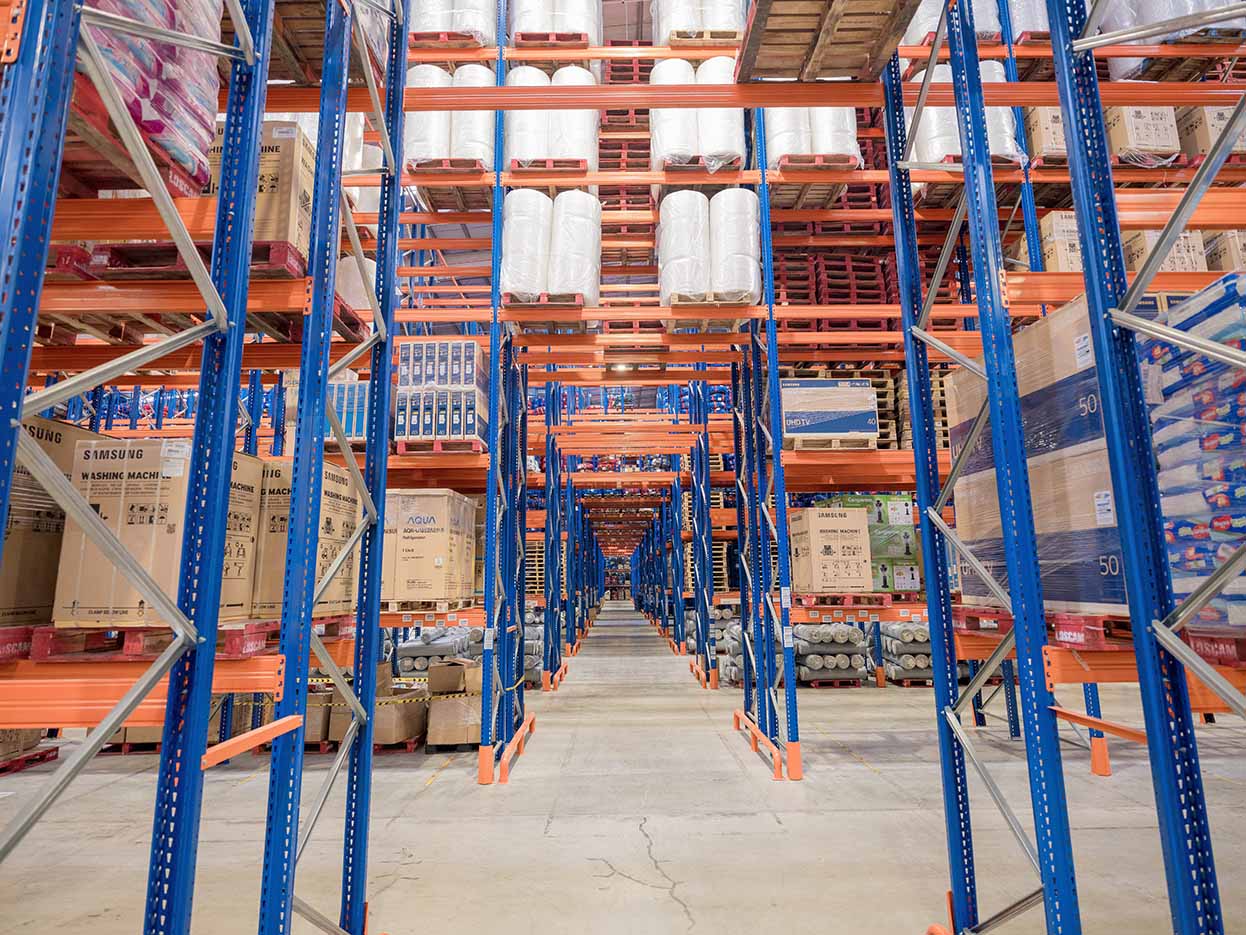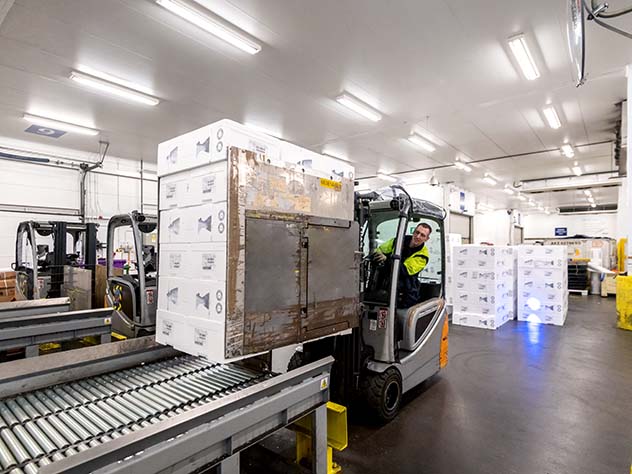1. What are warehouses?
In logistics, warehouses are used to store and preserve finished or semi-finished products for commercial purposes. They are used by manufacturers, importer and exporters, customs, etc; and are usually located in industrial parks or suburban areas of cities, towns or villages.
Having basic knowledge about warehouses can help us choose the right warehouse services, prepare legal documents, and warehouse rental fees. This is one of the basic requirements for warehouse managers.

2. Type of warehouses and the differences between warehouses and distribution centers
There are 3 basic types of warehouses:
Bonded warehouse: Bonded warehouse is a separated area where goods are temporarily stored and preserved until custom duties, taxes are paid. Bonded warehouses can either belong to state-owned or private enterprises (Article 22 Decree No.154/2005/ND-CP, learn more).
In bonded warehouses, goods’ owners can have custom procedures conducted such as load securing or separating, packing, consolidating, classifying, and maintaining goods. Goods’ ownership can be transferred and goods can also be shipped two-way between bonded warehouses, and between bonded warehouses and borders. Additionally, this is where import-export procedures are initiated. In Kuehne+Nagel’s bonded warehouse, we always strive to process all types of documents and customs procedures as soon as possible.
Container freight station (CFS): Also known as an LCL collection site, a container freight station is the type of warehouse specialised in collecting, separating Less-than-Container Load from the same container. CFS is typically used when good owners don’t have enough goods to fill in a full container. Services in CFS include packaging, re-packaging, arranging, and re-arranging goods for export. In addition, CFS also has a collection site where goods are stored until the import-export procedures are processed (if necessary), then separated or consolidated into the same container for export.
With an area of 11.000m2, Kuehne+Nagel’s CFS is an affiliated area of the main logistics hub. While the management of our experts will ensure stored goods’ quality, our strategic location for import and export activities will optimise the transit time.
Tax suspension warehouse (Tax warehouse): The main purpose of a tax suspension warehouse is to store raw materials and imported supplies subject to excise duty (Article 4 Law No. 54/2014/QH13, learn more). A tax suspension warehouse usually belongs to enterprises, and these enterprises will be responsible for cooperating with custom offices in inspecting and monitoring these warehouses.
Due to their similarities, warehouses and distribution centers are often mistaken for one another. However, they can be distinguished by considering the following factors:
- Function: Warehouses are used solely for storing goods, while distribution centers also offer services like transporting, cross-docking, packaging, processing, and distributing goods to users, etc. Cross-docking is the function that best illustrates what a distribution center is for removing the storage stage to transport goods directly to outbound trucks. Cross-docking helps to reduce storage as well as transportation costs.
- Storage time: In warehouses, goods tend to be stored for a longer period of time than distribution centers, consequently making the flow velocity in warehouses smaller than that of distribution centers.
- Area of service: While most warehouses don’t usually offer value-added services, distribution centers mainly focus on serving both internal and external customers.
- Technology: Compared to warehouses, in distribution centers, there tend to be more advanced technologies to be applied, to fulfill orders, manage inventory, manage transport, etc.

In addition to the listings above, another concept that also needs to be noted when choosing warehouse services is the logistics hub.
A logistics hub is an extensive area with facilities such as warehouses, offices, etc. to support transportation, logistics, and distribution activities domestically and internationally. The party in charge of these activities above can be the owner of the logistics hub or the renter of facilities in the hub. A logistics hub must also be connected to multiple modes of transportation: seaway, overland, airway, etc.
At Kuehne+Nagel’s Logistics Hub in Vietnam, we provide 40.000m2 areas of warehouses, offering all types of services for warehouses and distribution centers. Strategically located in Dong Nai, the logistics hub is suitable for all kinds of transportation activities in Central Vietnam and Northeast of Ho Chi Minh City.
3. The role of warehouses
For each industry, warehouses will have different roles and interests, but in general, good warehouse management will bring about the following benefits:
- Reduce production, transportation, and distribution cost
- Provide a stable source of supplies and materials to cater to customers’ needs and maintain manufacturing activities
- Preserve and prevent the loss and damage of raw materials
Nowadays, enterprises can either choose to build their own warehouses or look for services from warehouse service providers. With more than 25 years in the Vietnam market, Kuehne+Nagel’s experts are able to provide warehouse solutions that help our customers to save time, reduce cost and enhance their customer service. Find out more about our Contract Logistics services.









